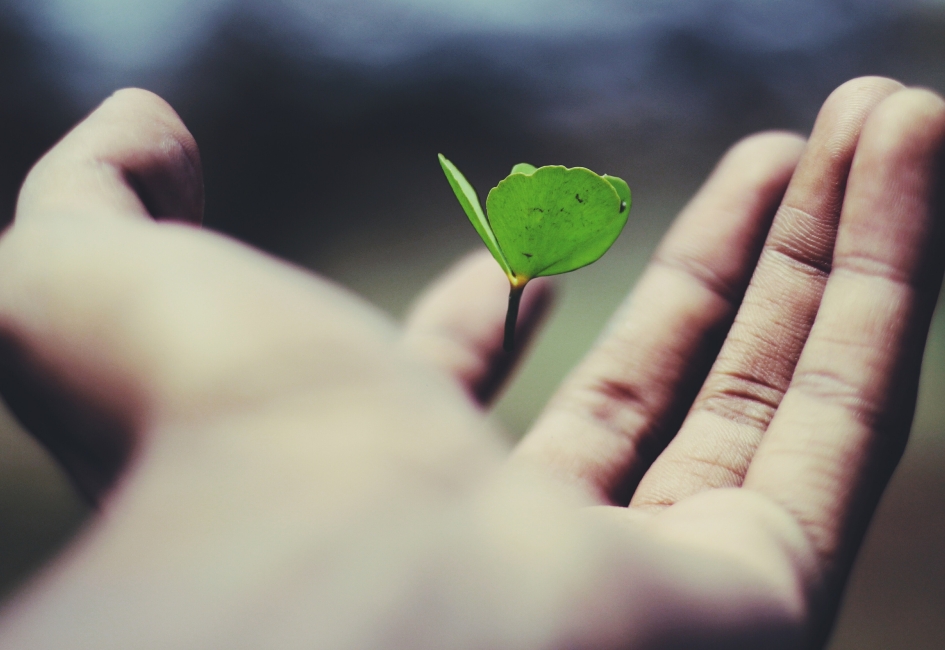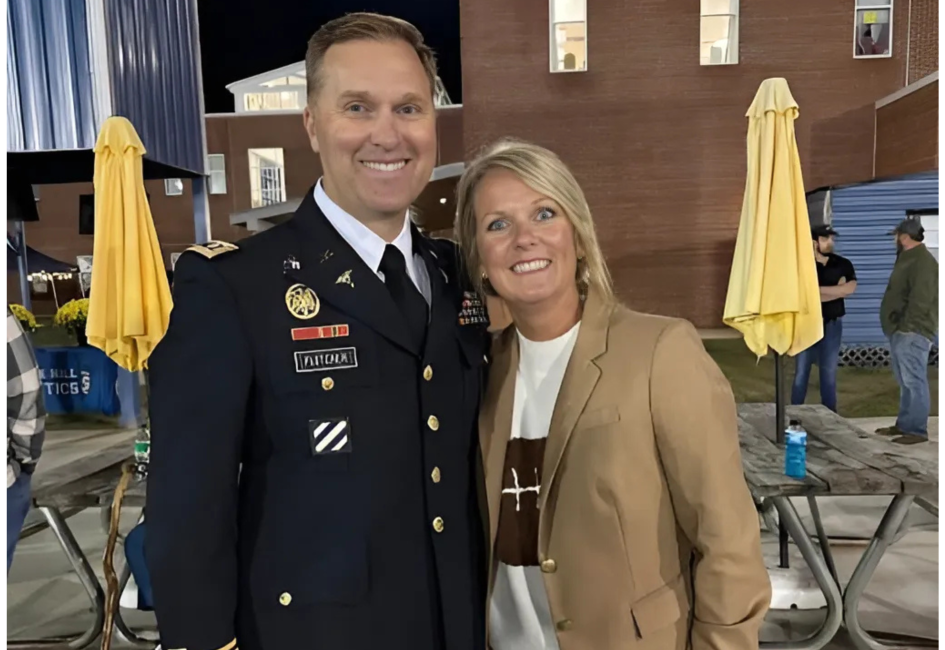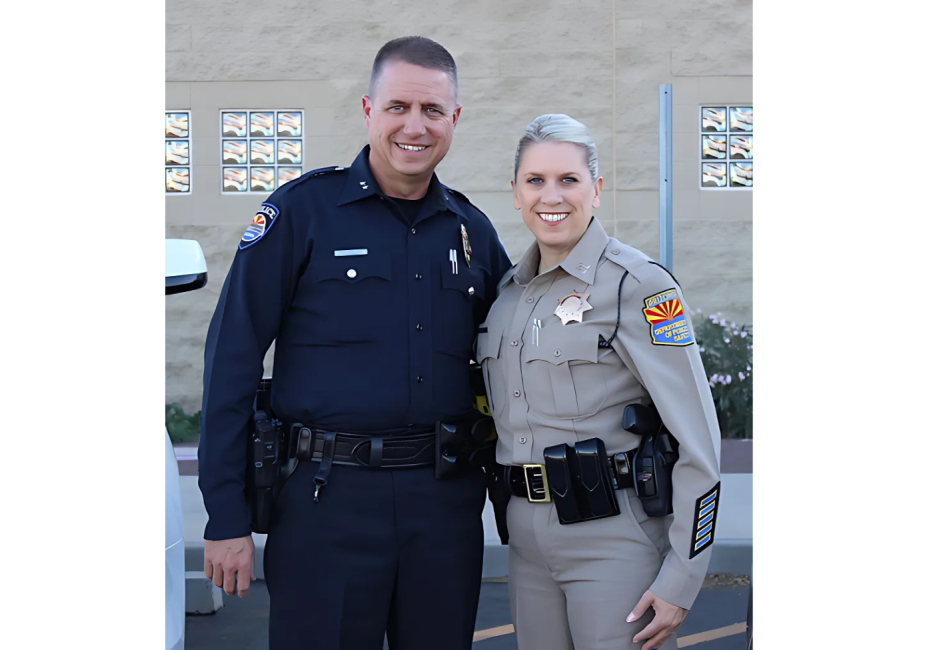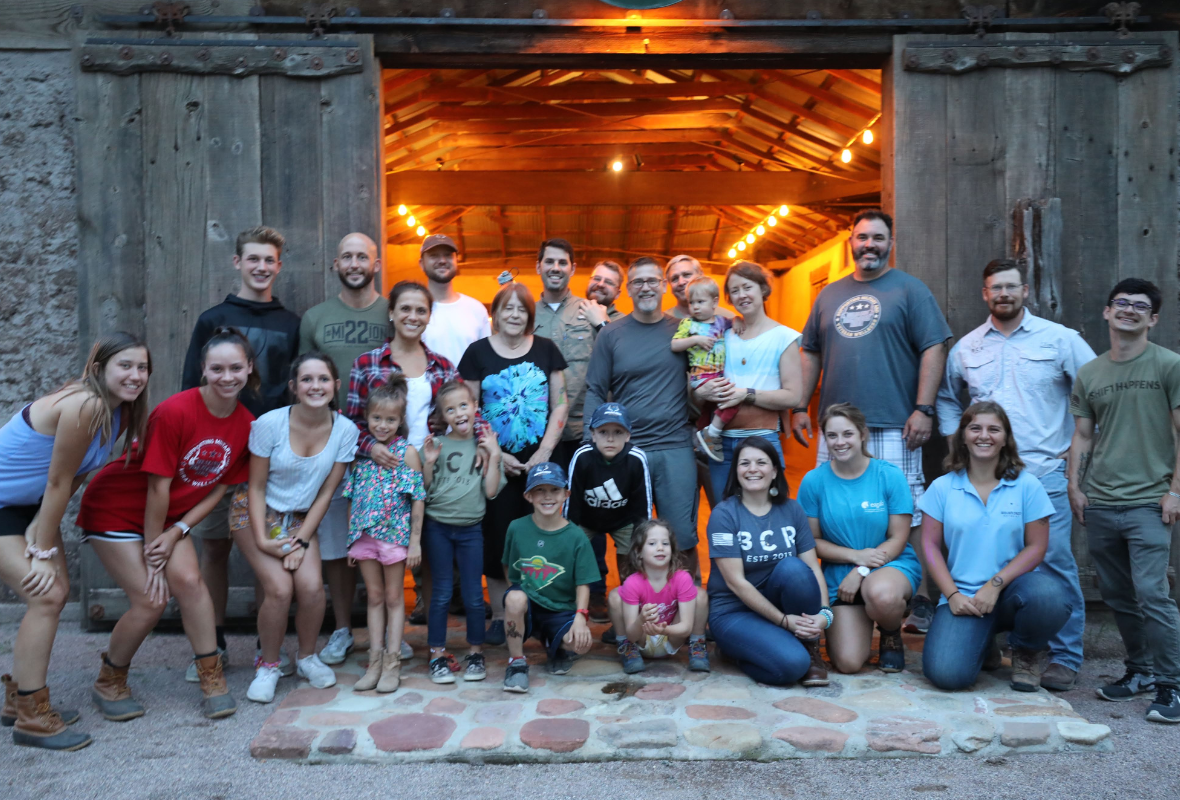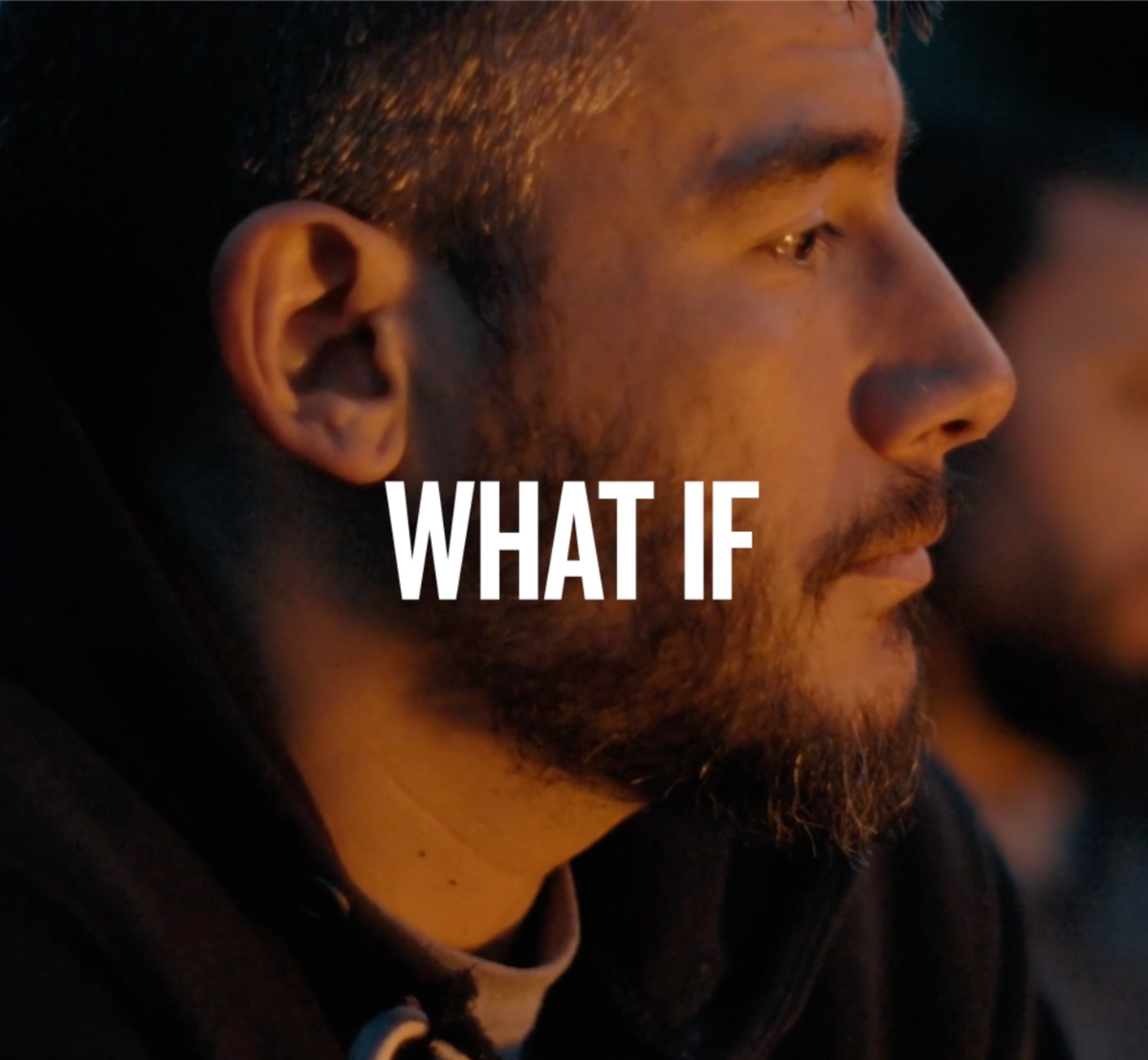Read the Book “Transformed by Trauma” https://www.amazon.com/Transformed-Trauma-Stories-Posttraumatic-Growth/dp/B084QKXBDZ
In this chapter, we discuss the role of culture in the process and outcome of posttraumatic growth and highlight its universality.
How Culture Affects Posttraumatic Growth
The accepted measure of posttraumatic growth, the Posttraumatic Growth Inventory (often simply referred to as the PTGI), is available in over 25 languages. Research with these translated measures indicates that posttraumatic growth is reported by people in various cultures. However, the degree to which it’s reported, and the type and magnitude of posttraumatic growth people experience, varies somewhat according to cultural norms. For example, Japanese people are less likely to acknowledge a greater degree of personal strength following trauma compared to Americans. People in Colombia and Chile report more posttraumatic growth than Spanish people do. It is unclear why these differences exist, but researchers speculate that cultural norms shape the positive value a society (and individuals within the society)places on change in the aftermath of difficult life experiences. For example, an important aspect of Japanese culture is interdependence.
This is in stark contrast to the highly valued trait of individualism or independence seen within American culture. Japanese people do not value individual strength as much as Americans. As a result, compared to Americans, they may be less likely to see themselves changing in terms of personal strength. Another example can be seen when we consider people from Colombia and Chile. Compared to Spaniards, Colombians and Chileans tend to be more religious, which may be why they are more likely to report posttraumatic growth in the spiritual area of life.
But it must be emphasized that at least some people in all cultures report posttraumatic growth. We find everywhere that some people report posttraumatic growth and others do not. We believe that this is partially determined by how life experiences create fertile ground for posttraumatic growth in some people more than others. And within cultures, there can be substantial individual differences in life experience, and therefore the outlook of various people in the culture. The differences reflect, in part, that culture is not simply nationality or ethnicity.
Culture also has very particular aspects and various subcultures that make up the whole. We can say that culture exists at the level of parts of countries, and geographical specifics down to the level of neighborhoods. Cultures can be considered to exist within groups of people who share interests and preferences for certain types of activities, such as fishing, marathon running, playing the harmonica, or beekeeping. Perhaps each of these activities lends itself to a particular perspective on life and a tendency to respond to adversity in particular ways. That is an open question. Because culture is so vast and expansive, it’s impossible for research to completely answer why some experience posttraumatic growth and others do not.
We find that there are differences between men and women in their tendency to report posttraumatic growth. Although not by very much, research tells us that women are more likely to report posttraumatic growth. However, this research finding does not necessarily hold true across all cultures. Therefore, to make a blanket statement that women experience posttraumatic growth more frequently than men is inaccurate and does not take into account cultural influences. There may be differences between the sexes on reports of posttraumatic growth due to culturally determined ideas about what are positive personal changes. For example, American men believe that successfully handling difficulties is most indicative of growth, while Japanese men believe that having more compassion for others is a more accurate barometer of positive change.
Posttraumatic Growth is Personal
In reality, discussions about posttraumatic growth in large groups do not have much relevance on an individual level. We are primarily concerned with helping you to understand that the experience of posttraumatic growth for you and the people around you is dependent on the system of core beliefs that has been passed on within your culture. These influences are related to how you respond to trauma, and what kinds of personal changes are encouraged or discouraged, resulting in the kinds of posttraumatic growth you experience.
Although posttraumatic growth has a culturally-based aspect to it, especially in the core beliefs people have as they confront trauma, the stories of posttraumatic growth are highly individualized.
Even with the measures we’ve developed for large group studies, there are more things to know about each person’s experiences that led them to their particular version of posttraumatic growth. It’s not that they are bad measures, but sometimes the change of an individual can get lost in the collective information gathered on large groups. In another book we wrote, The Posttraumatic GrowthWorkbook, we included a variety of measures of posttraumatic growth and other concepts related to the process of posttraumatic growth. Filling out such measures can be enlightening. But we must be careful not to put too much stock into adding up scores. A substantial change in one particular area that is measured on the Posttraumatic Growth Inventory can be extremely meaningful, even if a person does not endorse any other change. For example, if you endorsed a statement that you are “more compassionate” as a result of your difficult experiences, this may affect a variety of interpersonal relationships in a profound way. And even though your total score on the Posttraumatic Growth Inventory shows little positive psychological change compared to others, for you, the increase in compassion can have significant and far-reaching implications. Your experience of posttraumatic growth then is very specific and impactful. Again, it does not matter what your “score” is on the inventory compared with someone else’s. What matters is the specific change (or changes) that occurs for you and how it impacts your life.
Posttraumatic Growth and Being the Outsider in Your Culture
We can also look at the relationship between culture and posttraumatic growth in another way. The person who experiences trauma can sometimes feel as if they are an outsider in their own culture. We’ve heard trauma survivors say they feel like members of an exclusive club no one would want to join. The perspective gained as an outsider can be uncomfortable but also useful to a cultural group. This outsider can see things others can’t and help inform others within his or her group about the negative and positive effects of trauma. Or, trauma survivors can be more dedicated to certain perspectives because they have learned them through highly emotional experiences. When there is an emotional“kick” to learning, the learning is more convincing and memorable, and tends to stick with the person for the long-term. So, things can look quite different, and some of what is accepted in a culture can be questioned. And there is an emotional conviction to this, so that these outsiders who have been taught by trauma can feel motivated to change their culture, so that others can understand what they have learned the hard way. They can use this knowledge to help others overcome their trauma and find growth as they struggle in its aftermath. In the stories of military service personnel and their families contained in this book, you will find examples of this phenomenon. This is covered more fully in the latter chapter on finding a mission. This is also something you may have noticed yourself. People who are struck by trauma often are motivated to be advocates for others in similar circumstances or to try to prevent the things they went through from happening to others. The practice of “giving back” and the desire to teach others in those who have experienced posttraumatic growth is common and universal.
Posttraumatic Growth as Creating Social and Cultural Change
In Ken and Josh’s book, Struggle Well: Thriving in the Aftermath of Trauma, Ken describes how he was inspired to create Boulder Crest Retreat after his encounters with military service members at Walter Reed Army Hospital who were suffering through combat injuries. He was overwhelmed with compassion for his fellow veterans and their loved ones but also with anger at how they were being treated.
As a Navy veteran who spent much of his career defusing bombs and teaching other people how to do the same, he felt particularly connected to those who chose a similar line of work in the military. Although he helped thousands of veterans and their loved ones by opening his home and offering financial resources, he eventually realized that the need was greater than his individual ability to make the kind of difference that needed to be made. He decided to dedicate more time and resources in order to develop more effective ways to help veterans with the physical and psychological wounds they experienced in combat.
It is striking that Ken’s story is so similar to that of Clara Barton, the founder of the American Red Cross. She was working in Washington, DC when the Civil War broke out. She brought supplies to soldiers from Massachusetts who had been taken to Washington after being attacked in Baltimore. She realized that she knew some of them from growing up in Massachusetts, and felt particularly connected to them. Seeing a great need, she was determined to find medical supplies and get them to the wounded on the battlefield, regardless of the risk and personal sacrifice. This ultimately led to the founding of the Red Cross years later. Many other foundations and organizations, social movements, and community initiatives arise from the energies and changed perspectives of people who have been affected by trauma. We discuss later how this outcome in the aftermath of trauma may be a particularly important aspect of posttraumatic growth. Social progress may depend on it.
Most people do not respond to traumatic circumstances by starting a major organization. But in their own ways, people who report posttraumatic growth often have an impact on the people around them in ways that are different from what they have been able to do before. We are not creating an expectation here that posttraumatic growth involves major public accomplishments. It happens, but it’s not typical. We are well aware of the ripple effect of relatively private effects on smaller numbers of people.
We believe that even the smallest of changes in how people carry out their lives around other people day to day can have profound effects.
Often these effects may never be seen by the person who takes these initiatives. But the effects can be very real. Other people can be motivated to change certain behaviors and create initiatives in their own lives that affect still more people and the compounding effect can be substantial.
When we consider posttraumatic growth and culture, we also notice that traumatic events often affect more than one person at a time. For example, many events become known widely in a community, either because these events have affected many people due to the type of event it is, or because there is much publicity surrounding the events. Common examples are mass shootings and natural disasters. Because so many people are affected, the responses people have to these events can affect the larger community.
Events such as natural disasters can be devastating for much of a community. Wildfires, floods, hurricanes, earthquakes, and tornadoes have received attention from posttraumatic growth researchers. Although communities may be devastated structurally, the disasters that have hit them can also be a catalyst for cooperation, mutual help, and rebuilding. An example of this is the city of Kobe, Japan, where an earthquake in 1995 killed over 6,000 people. After this disaster, the city was forced to use volunteers for the first time in managing the response. This created a new culture of volunteerism and led to a new understanding in Japan of the psychological effects of trauma and the need for mental health services. These positive effects were not limited to Japanese culture. Other countries made note of how the Japanese people worked together and the lessons they learned, which created global awareness and policy change.
Of course, social and cultural changes require the initiatives and actions of individuals. Some people who go through trauma discover that they have leadership qualities that they had previously been unaware of. It may be that these qualities are born from emotional experiences that prompt people to overcome their lack of assertiveness or confidence. Reynolds Price, who wrote the autobiography A Whole New Life about his experience with paralyzing spinal cord cancer, said that this kind of trauma forces a person to be the “the next viable you,” who is full of gratitude for survival. Some survivors of trauma find that this new self has a meaningful mission to help others who are also struggling to survive. This often starts in small and quiet ways, but these missions can also expand into efforts that can change a society and culture. We share more stories about this kind of posttraumatic growth throughout the book.
Final Thoughts
The culture we grow up in allows us to see life in a certain way. It can also limit our vision. Traumatic events force us to reconsider what we have been taught, and what we have learned simply by being part of our communities. We reflect on what has happened and use our positive changes to benefit ourselves as well as those around us. Cultures are always changing and developing. Those who experience trauma play important roles in guiding these changes.
